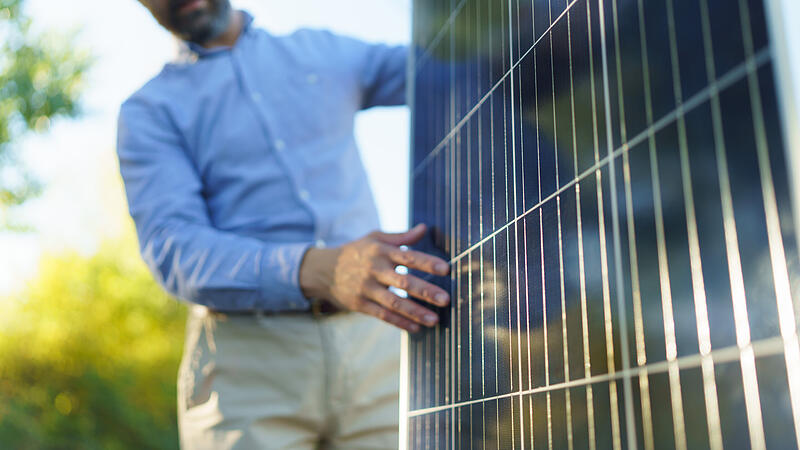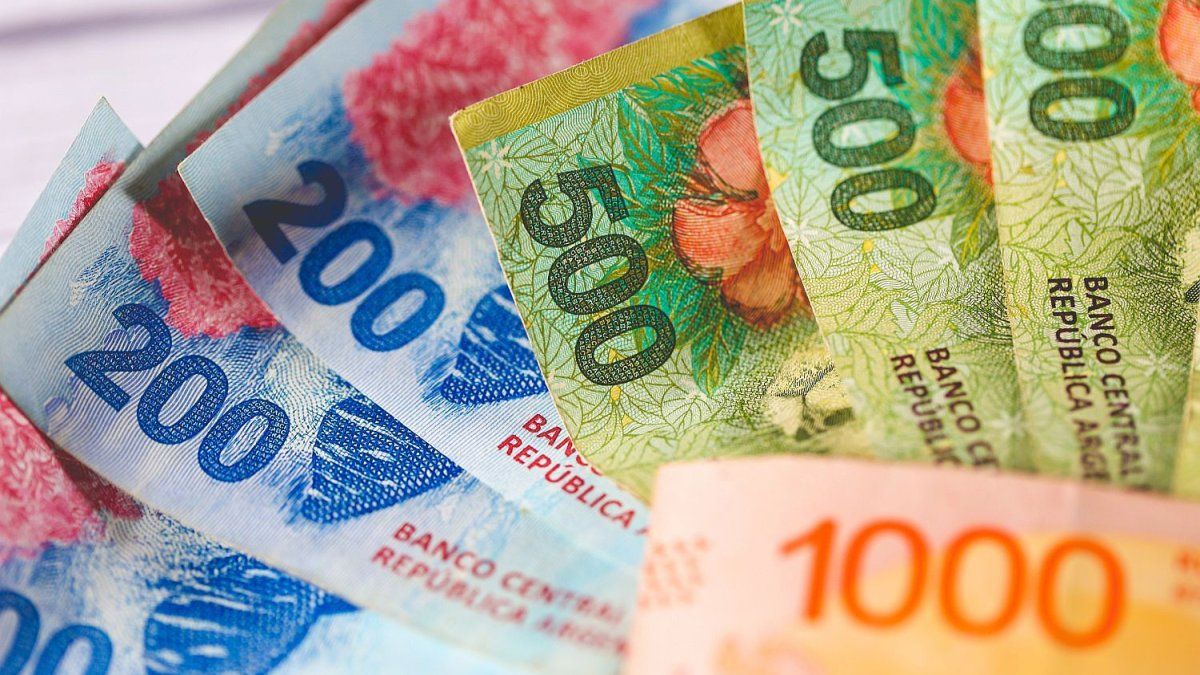Image: (cbx)
By 2030, electricity in Austria should come entirely from renewable sources. That is what the federal government has done. Usually it is not said that the so-called balance sheet view is meant, i.e. the average of the year, not every single minute. It is currently the months of May to September when 100 percent or more of the load can be covered from renewable energy.
“It must also be taken into account that we will need more electricity in 2030 than we do today. Industry is converting processes from gas to electricity, which has been accelerated significantly by the rise and shortage of gas. In addition, there is the increasing demand for electricity for electromobility,” says Johannes Reichl from the Energy Institute of the Kepler University. According to figures from Energie Österreich, 55.8 terawatt hours of electricity were generated in 2020. In 2030 it should be 82.8 TWh.
“Around 20 TWh of the expansion should come from wind and sun. That can be done,” says Reichl. With the construction of small hydroelectric power plants and other biomass plants, the goal can be reached, even if it requires enormous efforts.
The energy suppliers warn urgently that grid expansion in particular is going too slowly.
The debate about the expansion of wind turbines – especially in Upper Austria – is emotional. Simon Moser from the Energy Institute says that the best potential is in Lower Austria and Burgenland, but that shouldn’t mean that Upper Austria doesn’t have it. Reichl points out that the acceptance of photovoltaics is much greater – despite the higher efficiency of wind turbines, which also supply energy in the evening hours and in winter.
And the demand for electricity will continue to increase in the long term: calculations by the Energy Institute show that the demand for electricity in central Upper Austria would double at least by 2050 if industrial companies such as voestalpine were to use hydrogen on a large industrial scale to produce steel in Linz.
more from economy




